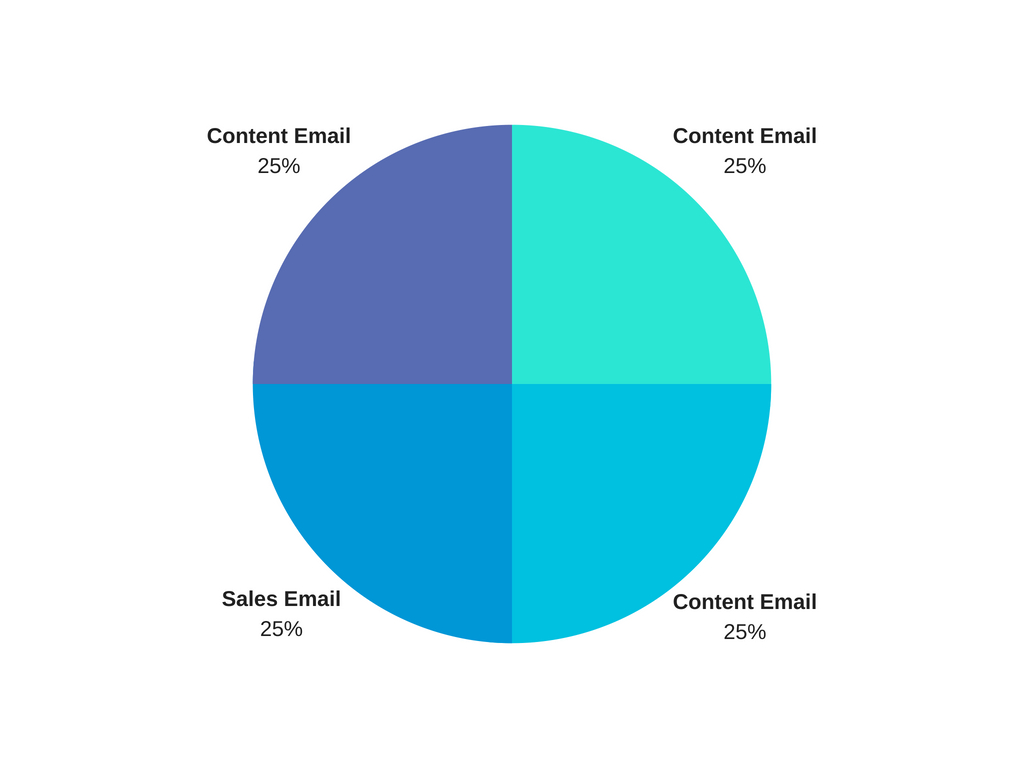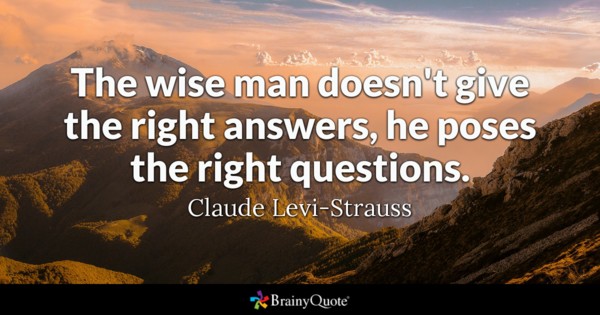
Case studies help your prospects understand how your product or service solution can help them solve their problems.
Some industries regularly use case studies to help their prospects understand their complicated services or expensive products. But most organizations can benefit from success stories because they add human interest to otherwise one-sided marketing messages.
Here’s how case studies can improve your lead generation
- Even though business is now global, person to person connections are still the basis of commerce
- Story format engages the brain to stay safe and avoid risk
- Success stories have the credibility aspect of testimonials. The added education and validation aspects show how the product or service solved the problem
- Qualitative and quantitative proof can be the tipping point that spurs action
- Customer’s point of view provides social proof that builds trust
Read on…
We’re All the Same – Even Though We’re Different
Whether we’re marketing to other businesses or directly to customers, we’re all doing business with other people. In business to business, the person may be an employee or a principal in the firm. Whether your first contact is with a decision maker or the person who will be using your product or service, it’s important to let them know how your remedy can solve their problem.
A case study demonstrates the experience others have had with your business. It shows the service or product and the support your company provides.
If you provide a unique solution, success stories do a great job of attracting prospects who didn’t know your answer even exists.
When you show how others benefitted is a huge leap beyond static marketing materials that tell prospects about your company.
Stories are a Universal Way to Communicate
Even before humans started talking, we communicated stories by dramatizing. We acted out where we found the game, how the bear attacked our leader. These adventures were important to our survival. As language became a part of everyday life, recounting experiences morphed into parables and lessons. That way each one of us wouldn’t have to actually face the bear – but could avoid dangers through others’ tragedies.
Because the story format is such basic part of our evolution, our brains are wired to accept stories and the truths they hold. Stories engage the basic parts of our brains that strive to keep us safe and avoid risk. When we read or hear about how others positively experienced your product or service, our first reaction is, “It worked for them. It will work for me, too!”
Case Studies are Testimonials on Steroids
You probably have reviews from your satisfied customers, and that’s great. A customer’s own words about your company are high praise, indeed.
Where a success story takes that testimonial to another level is that you can decide what information you want your customer to prove. It may be a small, but important, detail that prospects often ask about as they consider your company. Woven into the story, this fact can sway your prospect to choose your firm over another.
Your case study validates the results your customer encountered. It also provides the proof others need to get closer to making a decision to do business with you.
It can have the opposite effect as well. But that’s good, too, because when you show how your product or service works, you can weed out prospects that are not a good fit. This gives you or your sales team time to pursue those who will profit from working with you.
Customer Success Stories Provide Proof
Dramatizing your customer’s experience makes the human connection. Rational proof is presented as well.
The story of the problem creates the necessary conflict the story needs. The resolution your solution provides gives the reader the answer they may be seeking. This is done through providing qualitative and quantitative information. When using your solution, your customer saves money, time or other resources. Their success story can demonstrate the cost or employee time savings or material and waste reductions. Your customer’s experience with your team can show how your company makes the client a priority.
This evidence creates trust with your company that standalone marketing materials usually fail to hit.
“People Like Us Do Things Like This” – Seth Godin
This concept can help to target your marketing to your ideal client. You want to work with people who share your values, so you’ll both have the outcomes you desire. When you choose the customers to highlight in your case studies, be sure that they reflect the direction you want your business to go.
This may mean passing on client stories that used your most popular product. Instead, you may want to show how your company helped your target market solve a more obscure situation. When you choose the participants’ outcomes for your success story, you can highlight the benefits you want to share with your prospects.
A new product or service line may be the best subject for your case study if you want to promote it to customers and prospects. Your success story writer can help you determine your best direction. An interview about your company, products and marketing plan will provide information that will help you achieve your goals.
Customer spotlights, case studies or success stories showcase your product. And you’ll be giving your successful customer a unique opportunity for positive attention.
Ready to shine a light on your successful customers? Call me, Jan Evans, at 719-371-2270 or Contact me here

 We learn from stories. That is why from the time humans began using speech to communicate, it was done through stories. From the oldest recorded histories, like the Bible, the teaching came alive through stories. No matter what your religious beliefs, you have to admit that Jesus’ lessons through parables resonated with his followers in such a way that the world’s religions changed forever. Before Jesus, the Buddha taught his followers with stories that still resonate with us today.
We learn from stories. That is why from the time humans began using speech to communicate, it was done through stories. From the oldest recorded histories, like the Bible, the teaching came alive through stories. No matter what your religious beliefs, you have to admit that Jesus’ lessons through parables resonated with his followers in such a way that the world’s religions changed forever. Before Jesus, the Buddha taught his followers with stories that still resonate with us today.
 We’ve all enjoyed the falling domino spirals and Rube Goldberg machines — things crashing into one another to create complicated effects until the end when a cup of tea is poured, the dog food is served or some other simple task is met.
We’ve all enjoyed the falling domino spirals and Rube Goldberg machines — things crashing into one another to create complicated effects until the end when a cup of tea is poured, the dog food is served or some other simple task is met.
